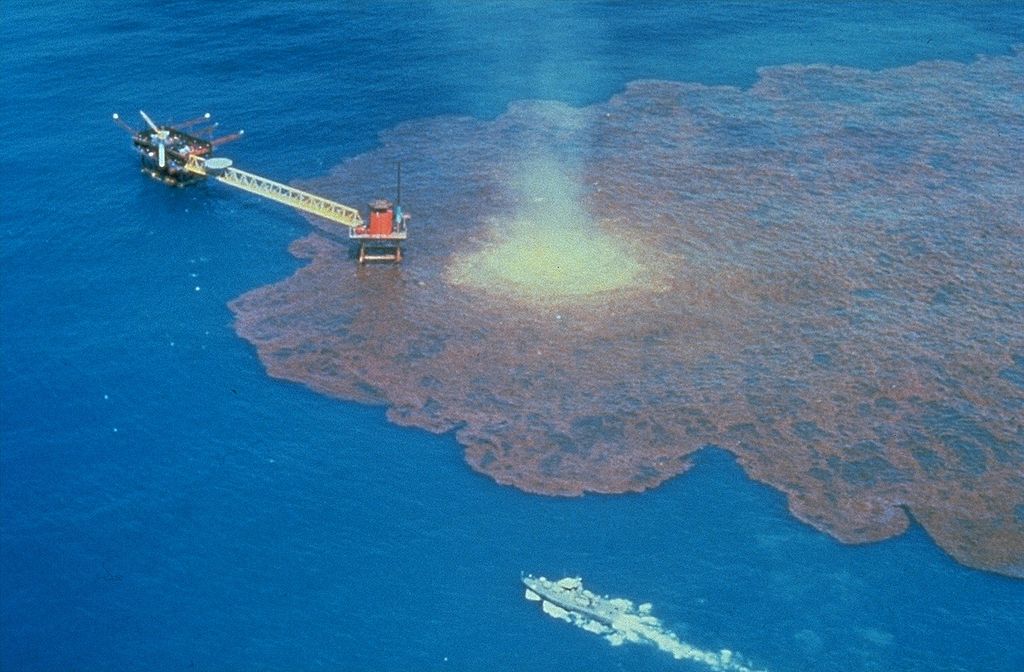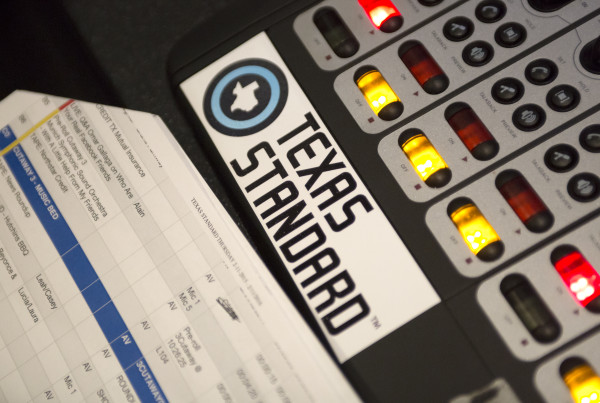Ed Buskey, a professor and researcher at the University of Texas at Austin Marine Science Institute, arrived at the institute’s Port Aransas lab in 1986. That was seven years after the Mexican offshore oil rig, Ixtoc I, exploded off the Texas coast. But even after all that time had passed, Buskey says people were still cleaning tar balls off of their feet.
“Here at the University of Texas Marine Science Institute, all the doors where visitors might come in, they had boxes with rags and baby oil so that you could remove the tar balls from the bottom of your feet and not track them in the building,” Buskey says.
The Ixtoc I well spilled oil into the Gulf of Mexico for eight months before it was capped, and much of that oil drifted onto the shore.
“One of the main things is that when oil comes ashore, it really has much more impact than if it stays out at sea,” Buskey says.
Buskey says 40 years after Ixtoc I spill, researchers like him are still dealing with its effects.
What you’ll hear in this segment:
– How the Ixtoc I disaster affected the way future spills were handled
– What the long-term environmental effects of the spill were
Written by Geronimo Perez.

















